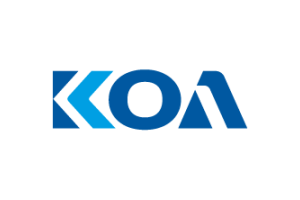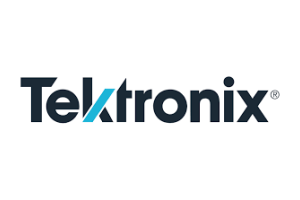Sigfox Discloses Radio Specifications
»New Players Will Jump on the Sigfox Bandwagon.«
In an interview with Markt & Technik, Aurelius Wosylus, chief sales officer Germany, explains how Sigfox is aiming to open up new markets and how this fits in with its current strategy.
Markt&Technik: Why is the opening coming now?
Aurelius Wosylus, Sigfox: Until now we had worked in a closed system, everything we had developed was 100 percent in our possession. Sigfox now sees itself primarily as a network operator. What happens in the network between the devices that are connected to each other can now be known by everyone. This opens up new possibilities, we democratize Sigfox technology. New players will jump on the Sigfox bandwagon.
Which ones, for example?
So far, large semiconductor manufacturers, i.e., IDMs and foundries, have mainly been involved in the development and production of Sigfox ICs. Now smaller manufacturers can also combine their IP with our technology to form ASICs. And anyone who develops an ASIC expects to manufacture large quantities, which is also nice for Sigfox. He can use it to address markets that were previously out of the question because the assembly of discrete components was too expensive or took up too much space on the printed circuit board. So we are significantly expanding the range of possible applications through the opening.
Sigfox itself had just targeted the lower price sector with the 20 cent nodes, hadn't it?
That's right and this market is developing well. A larger company in Germany is currently testing a project on this basis. And we are not stopping there: At the last congress in Berlin, CEO Ludovic Le Moan announced that he wanted to go in the direction of 2 cents.
The ASIC manufacturers, on the other hand, are targeting the market segment below 2 euros and above 20 cents. For them it is very important that they know in detail how our system works in order to be able to make their own modifications. Being able to offer publicly comprehensible software stacks is a decisive advantage because the ASIC manufacturers then know how they behave in interaction with the other IPs. Now the ASIC manufacturers can become creative. And as I said, if an end customer decides to carry out an ASIC design, thequantities are correspondingly high, otherwise it would not be profitable for him.
Are you afraid that the Sigfox technology could now be copied?
The technology behind it is not so difficult anyway. On the other hand, it remains difficult to meet Sigfox's specifications; this know-how should be difficult to obtain.
Our differentiation lies in the fact that our network works very reliably, we already have several generations of development behind us and many devices in the field. The opening of the Sigfox standard also applies to the connected devices, not to our base stations and our infrastructure, which is protected by patents.
So the hurdle is certification?
Without it, nothing will happen, but the path to certification will be simpler, faster, and cheaper.
Does the opening up of radio specifications require a change in the organization of the company?
Not in principle, but we can be more open and transparent with our customers. That alone will open doors to new markets.
Will NB-IoT become a serious competitive technology?
A lot is currently happening in social media and marketing. All LPWAN technologies are being hyped. But when viewed rationally, NB-IoT is still in its infancy. And even if it does come, this technology is still targeting the high-price segment: at a level with rather high transmission rates. Of course, that costs some money and the power consumption is higher. We, on the other hand, have focused on the area of low data transfer rates and low costs. I see little overlap between Sigfox and NB-IoT. Both have their justification.
Just like the LoRa systems?
Many different business models can be implemented on LPWAN. That's just the beauty of it. From my experience I can only say: when large companies consider building their business models on networked IoT systems and know that they need a stable network, continuous monitoring around the clock as well as fast and reliable services and when it comes to globality, many turn to us.





